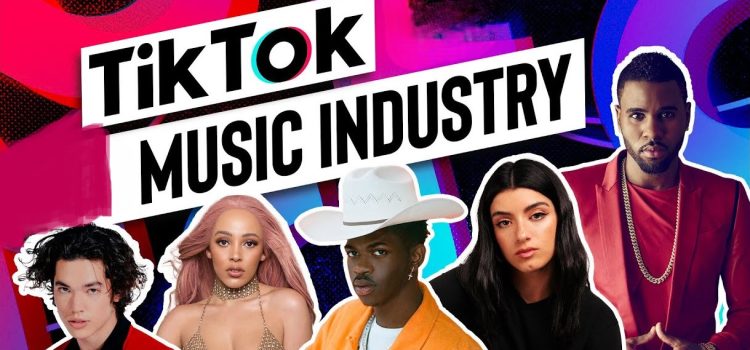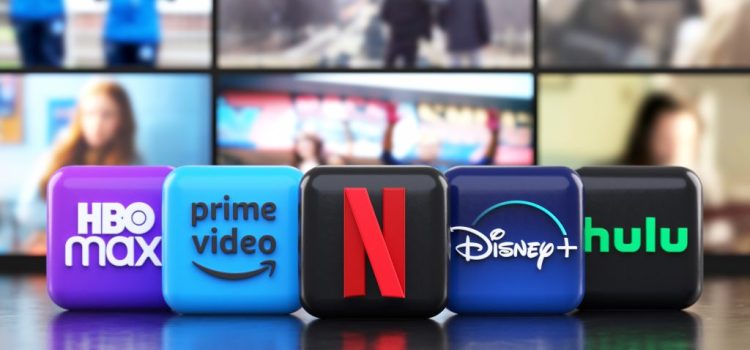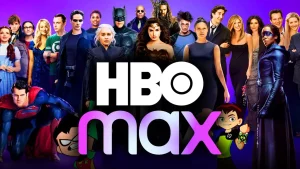
Introduction
Failure is often seen as the end of the road a sign that we’re not good enough or that our efforts were wasted. But in reality, failure is one of the most powerful tools for growth and success. Some of the world’s most successful people have faced repeated setbacks before achieving their goals. What sets them apart isn’t luck it’s their ability to learn from failure, adapt, and keep moving forward. Turning failure into success is about shifting your mindset, embracing challenges, and using each setback as a stepping stone toward your ultimate goals. In this article, we’ll explore practical strategies to help you transform failure into a powerful force for success, backed by inspiring real-life examples. Ready to see failure in a new light? Let’s dive in.
Simple Ways to Turn Failure into Success

1. Redefine Failure as a Learning Opportunity
Failure isn’t the opposite of success it’s part of the journey. Viewing setbacks as opportunities to learn helps you grow and develop resilience.
Tip: Ask yourself, “What can I learn from this experience?” and “How can I improve next time?”
Example: “Steve Jobs was fired from Apple, the company he co-founded, but he used that failure to launch new ventures, eventually returning to lead Apple to unprecedented success.”
2. Embrace a Growth Mindset
A growth mindset the belief that skills and intelligence can be developed through effort—is key to turning failure into success.
Tip: View challenges as opportunities to improve, rather than as obstacles.
Example: “Michael Jordan was cut from his high school basketball team, but his growth mindset fueled his determination to become one of the greatest athletes of all time.”
3. Analyze What Went Wrong
Taking time to reflect on what caused the failure helps you identify areas for improvement and avoid repeating mistakes.
Tip: Break down the situation objectively and pinpoint specific factors that contributed to the setback.
Example: “After my first business failed, I realized I needed better financial management—that insight helped my next venture succeed.”
4. Adjust Your Strategy and Keep Moving Forward
Failure is a sign that something needs to change, not a reason to give up. Use setbacks as a chance to adjust your approach and try again.
Tip: Be flexible and open to new ideas, and don’t be afraid to pivot when necessary.
Example: “Thomas Edison famously said, ‘I have not failed. I’ve just found 10,000 ways that won’t work,’ highlighting the importance of persistence and adaptability.”
5. Surround Yourself with Supportive People
Having a strong support system can provide encouragement, advice, and perspective during tough times.
Tip: Connect with mentors, peers, and friends who can offer constructive feedback and emotional support.
Example: “When I faced setbacks in my career, my mentor’s guidance helped me stay motivated and find new opportunities.”
6. Focus on Your Strengths and Build Confidence
Failure can shake your confidence, but focusing on your strengths and past successes can help rebuild it.
Tip: Keep a record of your achievements and remind yourself of the skills and qualities that make you capable.
Example: “After a failed project, I revisited past successes to remind myself of my capabilities, which helped me tackle the next challenge with renewed confidence.”
7. Set New Goals and Take Action
Turning failure into success requires setting new goals and taking proactive steps toward them.
Tip: Break your goals into smaller, manageable tasks and celebrate progress along the way.
Example: “After a failed exam, I created a new study plan with clear milestones, which helped me pass with flying colors on my next attempt.”
8. Celebrate Progress and Stay Persistent
Success isn’t about avoiding failure it’s about persistence and celebrating progress, no matter how small.
Tip: Recognize and reward your efforts to stay motivated and keep pushing forward.
Example: “Each small win after my initial failure kept me motivated and reminded me that success is a journey, not a destination.”
Setting New Goals

After facing a failure, it’s important to set new goals. Reflect on what went wrong and think about how you can do things differently next time. Setting small, achievable goals will help you stay motivated and focused. Achieving these smaller goals will give you the confidence to tackle bigger ones. Remember, success is a journey, and each goal you accomplish takes you one step closer to where you want to be.
The Challenges of Turning Failure into Success
While turning failure into success is possible, it’s not always easy. One of the biggest challenges is dealing with negative emotions, such as disappointment or frustration. It’s hard to stay motivated when you feel like you’ve failed. Another challenge is overcoming fear. Many people are afraid of failing again, so they stop trying altogether. It can also be difficult to find the right support from others. Not everyone understands how failure can lead to success, which can make it hard to stay on track.
The Future of Turning Failure into Success

The future of turning failure into success looks bright. As more people embrace failure as a part of the learning process, it is likely that society will become more supportive of those who experience setbacks. In schools and workplaces, there will be more emphasis on learning from mistakes and using failure to grow. Technology and social media will continue to play a role, offering new ways to share experiences and support each other. With the right mindset, failure will continue to be seen as a tool for success.
Key Takeaways: Turning Failure into Success
To turn failure into success, you need to accept your failures, learn from them, stay positive, take action, and keep moving forward. Remember, failure is not the end, but a chance to grow and improve.
How to Turn Failure Into Success: A Summary
| What to Do | Why It Helps |
|---|---|
| Accept your failure | Acceptance helps you learn and move forward. |
| Learn from your mistakes | Reflecting shows you what to do differently next time. |
| Stay positive and resilient | Positivity helps you keep going despite challenges. |
| Believe in growth | A growth mindset encourages improvement. |
| Take action and persist | Taking action leads to progress and eventual success. |
| Build a support system | Encouragement from others keeps you motivated. |
| Celebrate progress | Celebrating keeps you focused and motivated. |
Failure vs. Success: A Simple Comparison
| Failure | Success |
|---|---|
| Feels like the end of the road. | Seen as a step on the journey. |
| Can cause discouragement. | Leads to learning and growth. |
| Often results in giving up. | Encourages persistence and effort. |
| May lead to self-doubt. | Builds confidence and belief in yourself. |
Conclusion
Failure isn’t the end it’s a crucial part of the path to success. By redefining failure as a learning opportunity, embracing a growth mindset, and staying persistent, you can transform setbacks into powerful tools for growth and achievement. Remember, some of the world’s most successful people have faced failures far greater than you can imagine and they succeeded because they didn’t give up. Every setback is a stepping stone, every mistake a lesson, and every challenge an opportunity to rise stronger. So, the next time you encounter failure, take a deep breath, reflect on what you’ve learned, and move forward with confidence. Your success story is still being written—and failure is just one chapter.
Call to Action
Have you ever turned a failure into success? Share your story in the comments below, and subscribe for more motivational tips and success strategies!



















































































